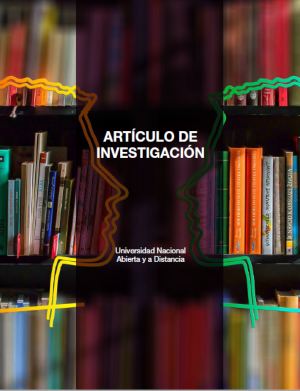
Design of a virtual learning environment based on neurolinguistic programming claims
This article is the outcome of a comprehensive research, a quasi-experimental type, that was implemented under the mixed paradigm. In the qualitative phase, we organized and established a virtual learning environment (VLE), for students coursing specializations in the School of Educational Sciences, in a Colombian university, the study presented remote and virtual learning methodologies throughout pedagogical and didactic planning. Initially we established the Perception Channels (PC) and Learning Styles (LS) that were preferred by students. In recognition of the actors within the educational process, the learning environments for students were defined, a content evaluation was performed, the learning strategy was specified according to the nature of the course and its training intentions; the training purposes, competencies, performance indicators, activities focused on doing, seeing and listening, and evaluation mechanisms were established. Neuro-linguistic programming was implemented as one of the strategies that can drive autonomous learning and academic success for students. It was concluded that designing a VLE makes sense when the actors and their learning methods are recognized. Within the expertise planning, didactic strategies are incorporated that generate cognitive processes, which lead to
learning and therefore the enrichment of the educational process; raising motivation in students and contributing to their permanence in classrooms. It was found that
variables regarding the teacher’s gender, the theoretical, reflective, active, pragmatic learning style and the kinesthetic perception channel have an influence in academic performance.





